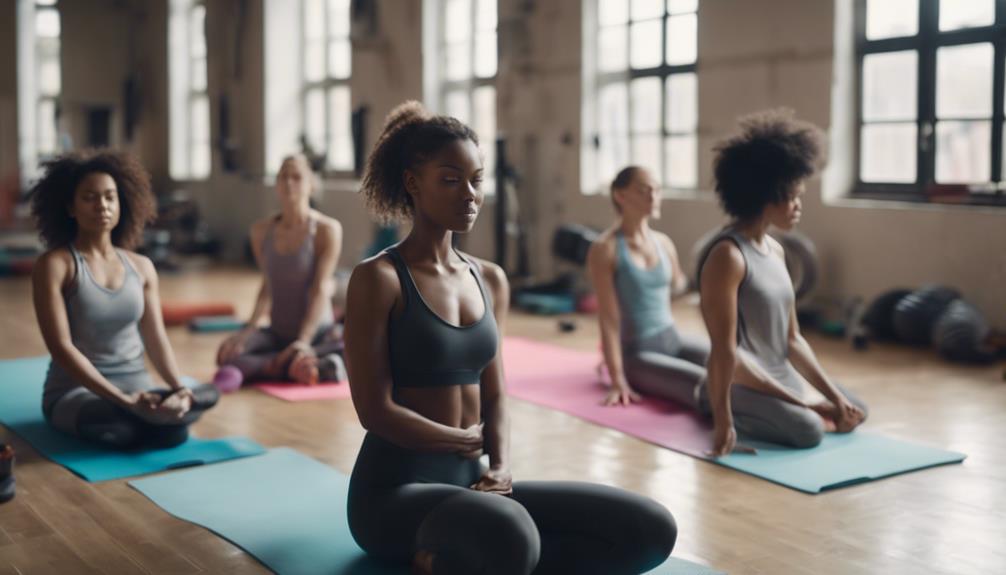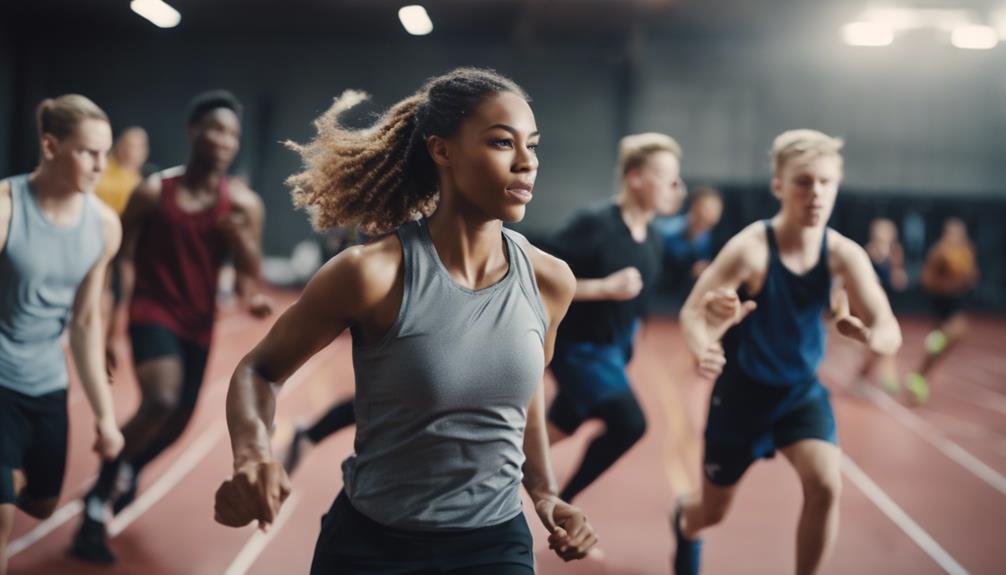
Varicose veins can be more than just a cosmetic concern; they can lead to discomfort and potential health issues. While seeking medical treatment is often necessary, many people wonder if lifestyle changes—particularly exercise—can help alleviate some of the problems associated with varicose veins. This article delves into the connection between exercise and vein health, exploring how regular physical activity can make a difference in managing and potentially preventing varicose veins.
What Are Varicose Veins and Why Do They Occur?
Varicose veins are swollen, twisted veins that often appear blue or dark purple, commonly found in the legs. They occur when valves in the veins fail to function properly, causing blood to pool instead of flowing efficiently back to the heart. This condition can be influenced by various factors, including genetics, age, hormonal changes, and lifestyle choices like prolonged sitting or standing.how long after chiropractor can i exercise
Additionally, certain risk factors make some individuals more prone to developing varicose veins. For instance, pregnancy can increase blood volume and pressure in the veins, while obesity puts extra strain on the vascular system. Understanding the causes of varicose veins is crucial for determining effective prevention and management strategies.
How Exercise Benefits Your Blood Circulation
Exercise is a fantastic way to boost blood circulation throughout the body. When you engage in physical activity, your heart pumps blood more efficiently, delivering oxygen and nutrients to your tissues while also removing waste products. Improved circulation can help alleviate some of the pressure on your veins, potentially reducing the severity of existing varicose veins.
Moreover, regular exercise encourages the formation of new blood vessels, making your circulatory system more robust. This increased blood flow can also help reduce swelling and inflammation in the legs, which are common symptoms associated with varicose veins. So, moving your body isn’t just good for your overall health; it’s also beneficial for your veins.
The Role of Muscle Pumping in Vein Health
Muscle pumping plays a critical role in maintaining vein health. When your muscles contract during physical activities, they create pressure that pumps blood back toward your heart through the veins. This natural mechanism helps prevent blood from pooling in the lower extremities, which can exacerbate varicose veins.
In essence, the more you activate your calf muscles and other leg muscles, the better your veins can function. This is why exercises that focus on strengthening these muscle groups are particularly valuable for those concerned about varicose veins. Keeping the muscles engaged will enhance their ability to assist in blood circulation, making it an essential aspect of vein health.
Best Exercises for Preventing Varicose Veins
If you’re looking to prevent varicose veins, focus on low-impact exercises that promote blood circulation and strengthen your leg muscles. Walking is one of the best and simplest exercises you can do. It’s easy to incorporate into your daily routine, significantly boosts circulation, and is gentle on your joints.
Other effective exercises include cycling, swimming, and yoga. Cycling engages your leg muscles while being easy on your joints, which is a win-win for vein health. Swimming is another excellent low-impact exercise that allows your body to move freely while providing a natural compression effect on your veins. Yoga can also be beneficial, particularly poses that involve leg raises or inversions, which help improve blood flow and reduce pressure on your veins.
How Regular Workouts Improve Your Vein Strength
Regular physical activity can increase the strength and elasticity of your veins, making them less prone to damage. When you exercise consistently, your body adapts by improving its circulatory efficiency. Stronger veins can better handle the pressure of blood flowing back toward your heart, potentially reducing the risk of developing varicose veins.
Additionally, exercise helps to control body weight, which is beneficial for vein health. Excess weight places added stress on your veins, and by maintaining a healthy weight through regular workouts, you can lower your chances of developing varicose veins. In this way, exercise serves as a proactive measure, not just a reactive one.
Can Exercise Reduce the Appearance of Varicose Veins?
While exercise can significantly improve overall vein health and circulation, it may not completely eliminate the appearance of existing varicose veins. However, engaging in regular physical activity can help to reduce their visibility over time. Improved circulation and enhanced muscle strength can lead to a healthier vascular system, which may make the veins appear less pronounced.
In some cases, exercise can also help lessen the discomfort associated with varicose veins, making them less bothersome. While you might not completely eradicate them, staying active often leads to less swelling and pain, contributing to an overall better quality of life.
Tips for Exercising with Existing Varicose Veins
If you already have varicose veins, it’s essential to approach exercise with caution. Begin with low-impact activities that don’t put excessive strain on your legs, such as walking or swimming. Avoid high-impact exercises that may lead to more discomfort or worsen the condition.
Additionally, consider wearing compression stockings while exercising. They provide support to your veins and can make workouts more comfortable. It’s also wise to start slowly and gradually increase the intensity of your workouts to avoid overexertion, ensuring that you maintain a safe and enjoyable fitness routine.
Other Lifestyle Changes to Support Vein Health
In addition to exercise, several lifestyle changes can support vein health. Maintaining a balanced diet rich in fiber, antioxidants, and healthy fats can help promote circulation and reduce inflammation. Foods such as leafy greens, berries, and fatty fish are excellent choices for keeping your vascular system in top shape.
Staying hydrated is equally important, as proper hydration improves blood flow and reduces the likelihood of blood clots. Additionally, try to incorporate breaks into your daily routine if you sit or stand for prolonged periods. Simple actions like stretching, elevating your legs, or moving around can help alleviate pressure on your veins.
When to Consult a Doctor About Varicose Veins
If you’re experiencing significant pain, swelling, or discomfort related to varicose veins, it’s time to consult a healthcare professional. They can provide you with tailored advice and treatment options based on the severity of your condition. Moreover, if you notice any changes in the color or texture of your veins, or if you develop sores or ulcers, it’s crucial to seek medical attention.
Don’t hesitate to discuss your exercise routine and lifestyle changes with your doctor. They can offer recommendations that work alongside your health goals and help you navigate any concerns about varicose veins effectively.
In conclusion, while exercise may not be a magic bullet for varicose veins, it undeniably plays a significant role in promoting vein health and overall well-being. Regular physical activity can improve circulation, strengthen the muscles that support your veins, and reduce discomfort. Coupled with a healthy lifestyle, exercise can contribute to better vein health and, potentially, a reduction in the appearance of varicose veins. So, lace up those sneakers, get moving, and take proactive steps towards maintaining healthier veins!





